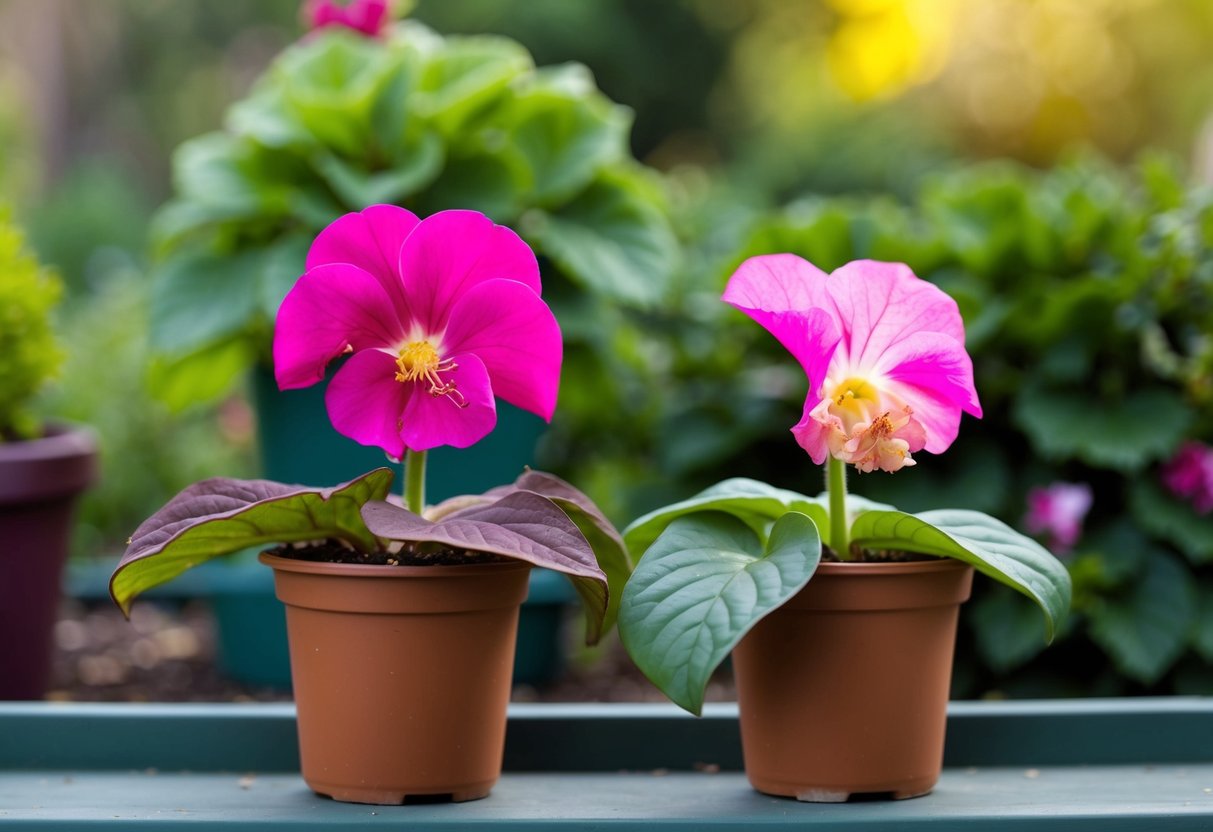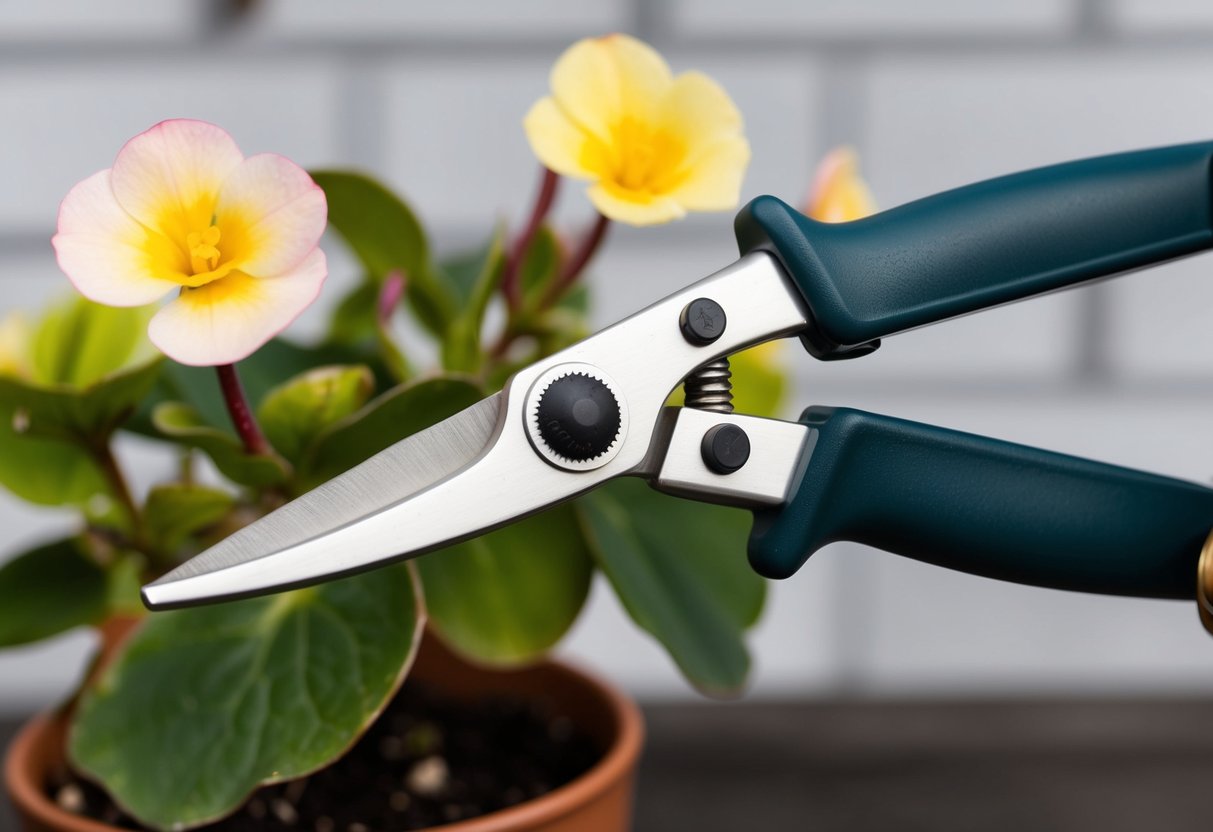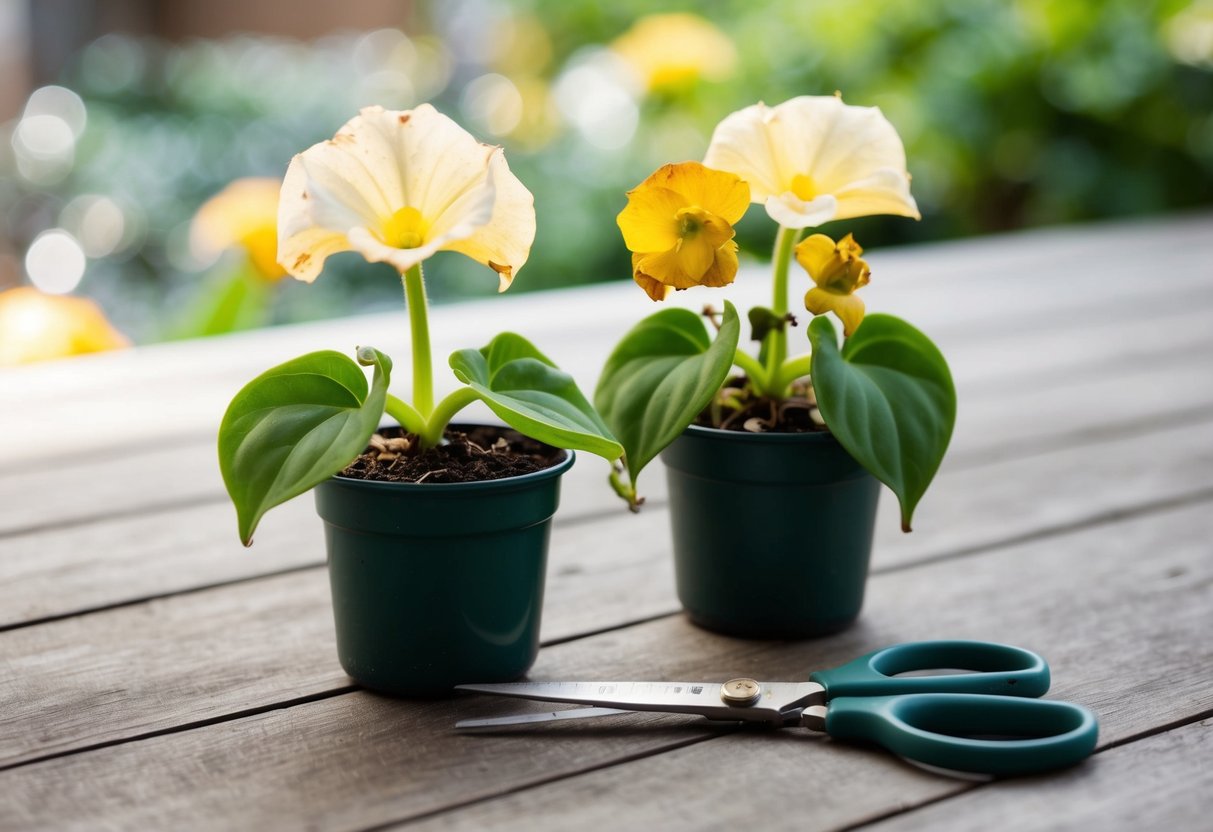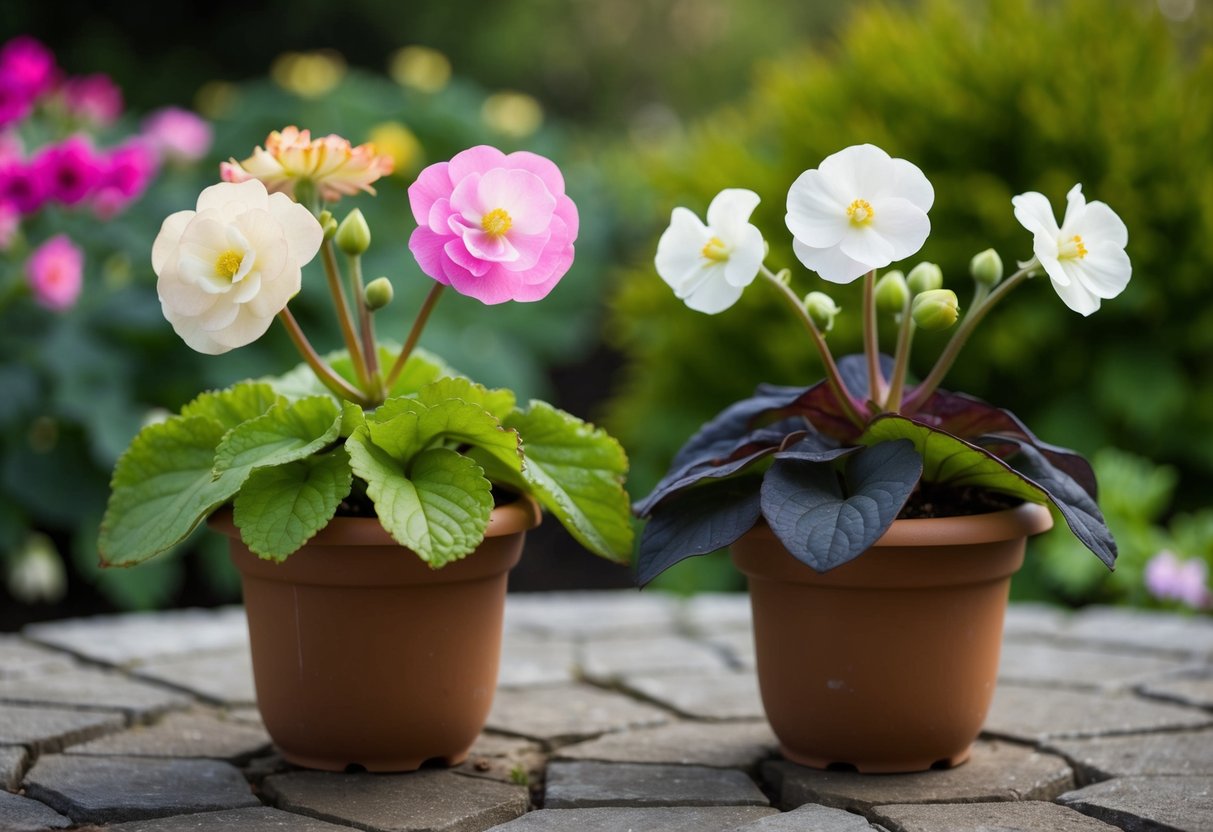Should I Deadhead Begonias? Simple Tips for Blooms
Deciding whether to deadhead your begonias can make a big difference in your garden’s health and beauty. By removing the old, wilted flowers, you pave the way for new blooms and encourage fuller growth. Deadheading begonias not only keeps your plants looking tidy but also prevents diseases.

You might wonder when’s the best time to get this done. It’s important to keep an eye on your begonias regularly. Check every few days for any spent flowers ready to be removed. Using your fingers or a pair of snips, remove them carefully without damaging the plant. This simple task, done consistently, can help your begonias thrive.
As you nurture your garden, proper care goes hand in hand with deadheading. Alongside this, make sure your begonias have good soil, enough water, and the right amount of sunlight. This combination will make your plants look vibrant and healthy.
Understanding Deadheading

Deadheading begonias is a key gardening practice that helps maintain their beauty and promotes healthy growth. You can enhance flower production and the plant’s overall health by removing faded flowers.
What Is Deadheading?
Deadheading is the process of removing faded or dead flowers from plants. This not only keeps your garden looking tidy but also encourages the plant to produce more blooms. When you deadhead, you cut off the flower and a small part of the stem. This signals the plant to stop using energy on the dead flower and focus on growing new ones.
Using clean tools like scissors or garden snips can prevent the spread of disease. It’s a simple task, but regular attention is necessary to keep plants healthy and flowering.
Benefits of Deadheading Begonias
Deadheading begonias offers a range of benefits. First, it enhances the aesthetic appeal of your garden. Removing spent flowers keeps your begonias looking fresh and vibrant. More flowers will appear because the plant redirects its energy to develop new buds instead of maintaining the old blooms.
It also encourages healthy growth by preventing the onset of diseases that can arise from decaying flowers. Regular deadheading promotes more stems and foliage as the plant branches out. This practice is essential for overall plant health, ensuring your begonias continue to thrive and produce beautiful flowers. For tips on successful deadheading, refer to resources like these practical techniques.
When to Deadhead Begonias

Deadheading begonias at the right time encourages new blooms and prevents disease. Knowing when to deadhead helps ensure your plants look vibrant and healthy.
Optimal Timing for Deadheading
For the best results, aim to deadhead your begonias regularly during their blooming period. Ideally, you should check your plants at least once a week. Look for wilted or spent flowers. This helps the plant save energy for healthy blooms.
In some regions, it is wise to deadhead in September or when the first frost arrives. Timing for deadheading is crucial so that your begonia continues to flourish without interruption.
Signs That Your Begonia Needs Deadheading
Wilted or discolored blooms indicate it’s time to remove flowers. You might also notice less vibrant colors or drooping petals.
Additionally, a lack of continuous blooming can signal the need for deadheading. By removing old flowers, you’ll encourage fresh growth and vibrant new blossoms! Be proactive to maintain lush and healthy begonias throughout the growing season.
How to Deadhead Begonias

Deadheading begonias helps promote new blooms and keeps your plant looking its best. It’s important to follow the right steps and use the proper tools.
Deadheading Step by Step
First, inspect your begonia plant closely to identify wilted or dead flowers. This helps the plant redirect energy to new growth. Using your fingers or a small pair of pruning shears, gently remove the spent flowers. Pinch or cut just below the flower head to make sure you get a clean cut.
Next, be thorough and look for any forming seed pods. Removing these pods encourages more blooms. It’s a good idea to deadhead regularly, at least once a week, to keep your plant healthy and full of flowers.
Tools for Deadheading
Having the right tools makes deadheading easier. A basic tool kit would include gardening gloves to protect your hands and either secateurs or pruning shears. These tools ensure clean cuts, reducing the risk of damaging the plant.
If you’re new to gardening, don’t worry. You can use regular scissors or even your fingers for simple deadheading tasks. Just be sure they are clean to avoid spreading disease. With these tools, you’ll find deadheading becomes a quick and easy task.
Post-Deadheading Care

After you’ve deadheaded your begonias, providing them with the right care can help ensure healthy blooms. This includes proper watering and fertilizing, as well as keeping an eye out for any pest issues that could harm your plants.
Watering and Fertilizing
Water your begonias regularly, but be careful not to overwater. The soil should be moist but not soggy to prevent root rot. Aim to water the plants early in the day so the leaves can dry before night, reducing the risk of powdery mildew.
Use a balanced fertilizer every few weeks to support new growth. You can use a liquid fertilizer or a slow-release option. Be sure not to over-fertilize as this can lead to weak growth.
Monitoring for Pests
Keep an eye out for mealybugs and other pests that might attack your begonias. Mealybugs appear as white, fluffy spots and can weaken your plants. If you notice any, gently remove them by wiping the leaves with a damp cloth or using insecticidal soap.
Look closely at the leaves and stems for signs of damage. Early detection is key for preventing more extensive issues. Trim any damaged leaves to keep the plant healthy and focus on maintaining a clean growing environment.
Special Considerations for Begonias

When growing begonias, it’s important to consider the variety and how you plan to care for them. Each type has unique needs, especially if you’re growing them as houseplants.
Different Begonia Varieties
Begonias come in numerous varieties, each with unique characteristics. Tuberous begonias have bright, large blooms and do well in partial shade. They’re perfect for containers and hanging baskets. Meanwhile, rex begonias are known for their stunning leaf patterns but prefer drier conditions.
Take note of begonia varieties that are more drought-tolerant, like wax begonias. These are excellent for beginners. They tolerate various light conditions but are ideal in partial shade. Remember, different varieties may require different care, so understanding their needs is crucial for growth and longevity.
Begonias as Houseplants
Growing begonias indoors can be rewarding. They make fantastic houseplants due to their adaptability. They thrive in bright, indirect light and prefer slightly humid environments. Ensure they have well-draining soil to prevent root rot.
Check on your indoor begonias regularly for pests like spider mites or aphids. Propagation from stem cuttings can be an excellent way to expand your collection.
Watering should be moderate; let the soil dry slightly between waterings. Keep your plants healthy and they’ll reward you with lush foliage and, in some cases, beautiful blooms.







